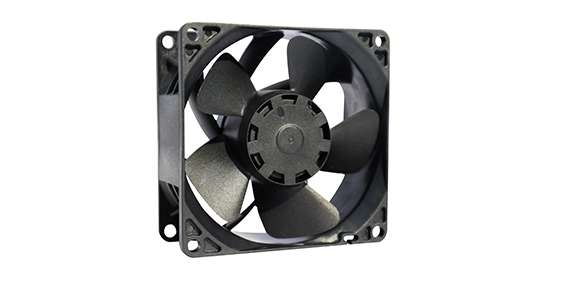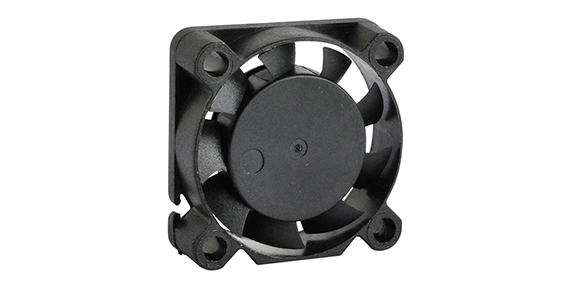Centrifugal blower fans are widely used in various industries due to their ability to generate large amounts of air or gas flow with high pressure. As these fans play a crucial role in many applications, it is essential to have advanced control systems in place to ensure optimal performance and energy efficiency. In this article, we will explore the various aspects of advanced control systems for centrifugal blower fans, including user-friendly operation, energy efficiency optimization, and the future trends of artificial intelligence and automation.
Advanced Centrifugal Blower Fan Control Interfaces: User-Friendly Operation
One of the key aspects of an advanced control system for centrifugal blower fans is the user interface. This interface should be designed with user-friendly operation in mind, allowing easy access to all the necessary controls and parameters. An intuitive and user-friendly interface reduces the learning curve for operators, enabling them to quickly understand and utilize the control system effectively.
Modern control interfaces for the axial cooling fan often incorporate touch screens, intuitive menus, and graphical representations of system parameters. This allows operators to monitor and adjust the performance of the fan easily. Additionally, remote monitoring and control capabilities enable operators to access the control system from a central control room, improving overall operational efficiency.

Energy Efficiency Optimization: Intelligent Centrifugal Blower Fan Strategies
Energy efficiency is a significant concern in most industrial applications, and centrifugal blower fans are no exception. Advanced control systems employ intelligent strategies to optimize energy consumption while maintaining the desired level of airflow and pressure.
One such strategy is the use of variable frequency drives (VFDs) to control the speed of the blower fan motor. By adjusting the motor speed in response to the demand for airflow, energy consumption can be significantly reduced. The control system can analyze the operating conditions, such as temperature, pressure, and flow rate, to determine the optimal motor speed and adjust it accordingly.
Furthermore, advanced control systems can incorporate predictive algorithms to anticipate changes in the operating conditions and adjust the fan speed preemptively. By doing so, the system can maintain the desired airflow and pressure while minimizing energy waste.
Centrifugal Blower Fan Future Trends: Artificial Intelligence and Automation
The future of centrifugal blower fan control systems lies in the integration of artificial intelligence (AI) and automation. AI algorithms can continuously analyze and learn from the operating data of the fan, allowing the control system to adapt and optimize its performance over time.
Automation plays a crucial role in the future trends of centrifugal blower fan control systems. With the integration of sensors and actuators, the control system can automatically adjust the fan operation based on real-time data. For example, if the control system detects a decrease in air pressure, it can automatically increase the fan speed to maintain the desired pressure level.
Additionally, automation enables predictive maintenance. By constantly monitoring the fan's performance and health indicators, the control system can detect potential issues before they become critical, allowing for timely maintenance or repair.
Advanced control systems for centrifugal blower fans are essential for achieving optimal performance and energy efficiency. User-friendly interfaces allow operators to easily control and monitor the fan's operation, while intelligent strategies optimize energy consumption. The future trends of AI and automation promise even greater efficiency and performance by continuously adapting and optimizing the fan's performance. As technology evolves, the control systems for centrifugal blower fans will continue to advance, leading to increased reliability and productivity in various industrial applications.


 EN
EN 

 +
+
 +
+
 +
+



